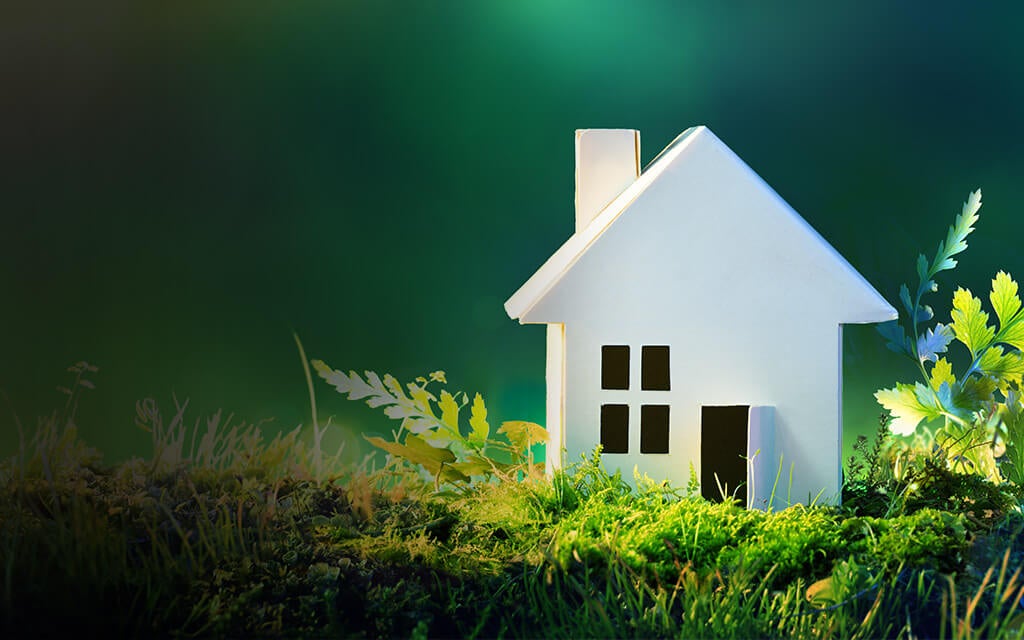Creating an Eco-Friendly Home

In an era defined by environmental challenges, making your home eco-friendly isn’t just a trendy choice – it’s a responsible one. By adopting sustainable practices within your living space, you can contribute to a healthier planet while also reaping the benefits of reduced utility bills and improved indoor air quality. This article outlines a range of easy and effective ways to transform your home into an eco-friendly haven.
1. Energy-Efficient Appliances
Upgrading to energy-efficient appliances is a tangible step toward reducing your home’s carbon footprint. Look for appliances with the ENERGY STAR label, as they are designed to consume less energy while maintaining peak performance. From refrigerators to washing machines, these appliances not only save you money but also contribute to global energy conservation efforts.
2. Efficient Lighting
Switching to LED or CFL light bulbs can significantly cut down your energy consumption. These bulbs use less energy, have longer lifespans, and emit less heat than traditional incandescent bulbs. Consider installing motion sensors and dimmers to ensure lights are only on when needed, further reducing unnecessary energy usage.
3. Proper Insulation
Investing in proper insulation for your home can lead to substantial energy savings. Insulated walls, roofs, and windows help maintain a consistent indoor temperature, reducing the need for excessive heating or cooling. This not only lowers your energy bills but also lessens the strain on heating, ventilation, and air conditioning systems.
4. Renewable Energy Sources
If feasible, consider installing solar panels on your roof to harness the power of the sun and generate your own clean energy. While the initial investment might seem significant, the long-term benefits in terms of reduced energy bills and a smaller carbon footprint make it a worthwhile endeavor.
5. Water Conservation
Conserving water is an integral part of an eco-friendly lifestyle. Install low-flow faucets, showerheads, and toilets to minimize water wastage. Collect rainwater in barrels to use for watering plants and gardens, reducing reliance on treated water for these purposes.
6. Sustainable Materials
Opt for eco-friendly building materials when renovating or decorating your home. Choose sustainable woods, recycled materials, and low-VOC (volatile organic compounds) paints to promote healthier indoor air quality and reduce the demand for resource-intensive products.
7. Waste Reduction and Recycling
Implement effective waste reduction practices by setting up a recycling system in your home. Separate recyclables from non-recyclables, compost organic waste, and reduce single-use plastics by opting for reusable alternatives like cloth bags and metal water bottles.
8. Indoor Greenery
Houseplants not only enhance the aesthetics of your home but also contribute to better indoor air quality. Plants naturally filter the air, removing pollutants and releasing oxygen, creating a healthier living environment.
9. Smart Thermostats and Home Automation
Installing a smart thermostat allows you to control your home’s temperature remotely, optimizing energy use based on your daily routines. Integrating home automation systems can help manage energy consumption more efficiently by controlling lights, appliances, and HVAC systems with precision.
Conclusion
Creating an eco-friendly home doesn’t require drastic changes; it’s about adopting mindful habits and making informed choices that collectively contribute to a sustainable lifestyle. By embracing energy efficiency, reducing waste, and incorporating green practices, you’re not only benefiting the environment but also fostering a healthier, more comfortable living space for yourself and future generations. Remember, even small steps can lead to significant positive impacts on the planet.


